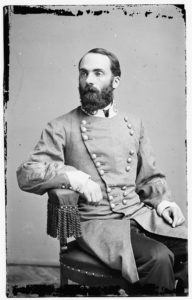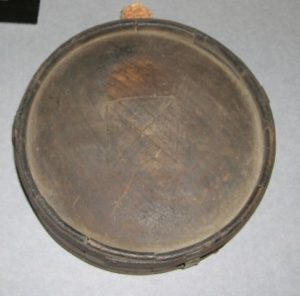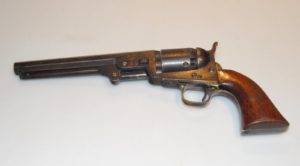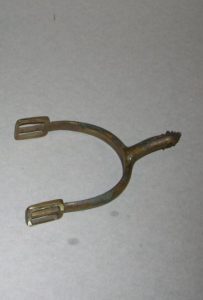
GENERAL JOSEPH WHEELER (1836-1906), 1861-1865, Original in the Library of Congress Born in Augusta, Georgia, Wheeler was appointed to West Point from New York and graduated in the class of 1859. General Braxton Bragg promoted him to brigadier general in 1862. Though only 5’5” and 120 pounds, Wheeler was a highly respected cavalry officer with a flair for the dramatic. Nicknamed “Fighting Joe,” he served in the U.S. Army after the war and is one of the few ex-Confederates buried at Arlington National Cemetery.
“Come, boys, mount. The War Child rides to-night.” – General Joseph Wheeler to his troops from Col. Moxley Sorrel, Recollections of a Confederate Staff Officer, 1905
November 15 saw the first test of Knoxville’s defenses. General Joseph Wheeler and Confederate cavalry troopers from Tennessee, Texas, and Arkansas had been ordered to capture Knoxville from the south. Wheeler first encountered Federal cavalry in Maryville, 15 miles south of Knoxville, taking 150 prisoners.
Union General William P. Sanders, at the head of the 1st Cavalry Division of the Army of the Ohio, waited for Wheeler’s cavalry. When Sanders saw the gray column in the distance, he led his men out to meet the enemy. Sanders dismounted his troops, engaged the advancing rebels for as long as possible, then remounted and fell back. He repeated this process to within three miles of Knoxville until the Confederates finally broke through the line and chased the Federals to the pontoon bridge.
Wheeler’s charging cavalry was turned back by the artillery at Fort Dickerson and Fort Higley. Realizing that the southern approach was impregnable because of the well-fortified hilltops, Wheeler crossed the Holston River at Louisville, 15 miles southwest of Knoxville, and rejoined Gen. Longstreet.
The failed Confederate cavalry action aided the Union army in that Wheeler and his swift riders were not available to Longstreet for reconnaissance and communication. Had Wheeler stayed with Longstreet, the outcome at Campbell’s Station and thereby the entire campaign might have gone in the Confederate’s favor.

CANTEEN
Civil War period
Cedar or pine, iron, tin
Gift of the heirs of Frank W. Taylor and Mrs. W. W. Harrell, 1951
The Confederate wooden canteen, fashioned like a barrel and held together by two iron bands and three lugs, was carried by a soldier named Southall of Gen. J. B. Kershaw’s South Carolina Brigade. This unit participated in the Knoxville Campaign, engaging Sanders’ dismounted cavalry on November 17-18.

COLT MODEL 1851 “NAVY” REVOLVER, Civil War period
Steel walnut, brass-plated silver, Gift of Eugenia Williams, 1941
Officers on both sides purchased their own sidearms and uniforms. A popular revolver such as the .36 caliber Colt was undoubtedly worn by many U.S. and C.S. officers in Knoxville. This revolver was manufactured in Hartford, Connecticut. The metal frame is inscribed “T L Bouk rn Co A – 2SCC.”


SPUR and BIT, Brass
Civil War period
Gift of the heirs of Frank W. Taylor and Mrs. W. W. Harrell, 1951
Confederates often struck off the circular “U S” bridle rosettes riveted to either side of bits. The small telltale holes remain.
